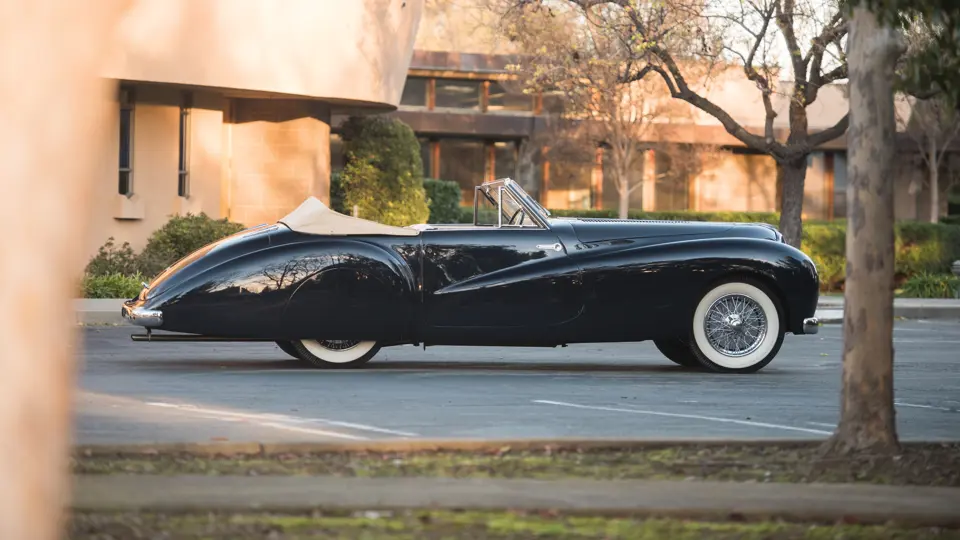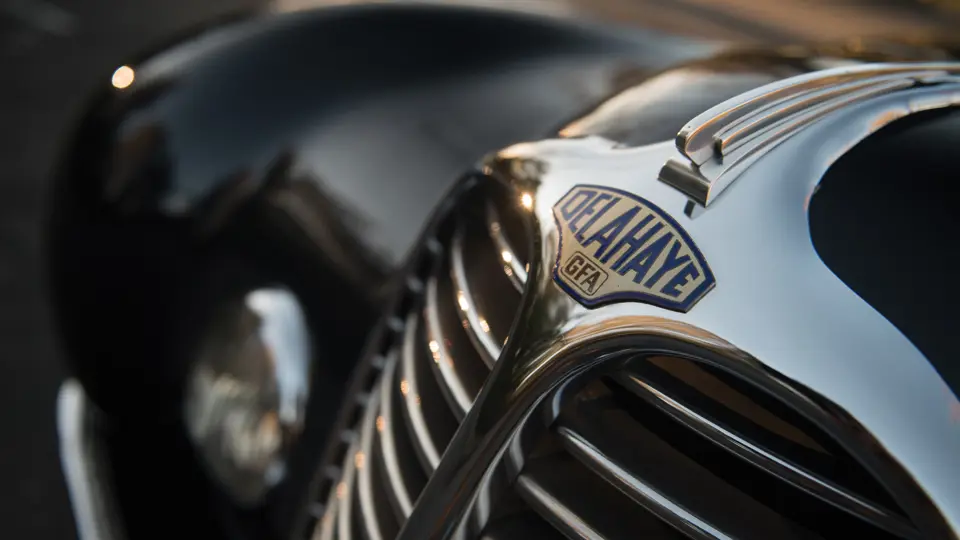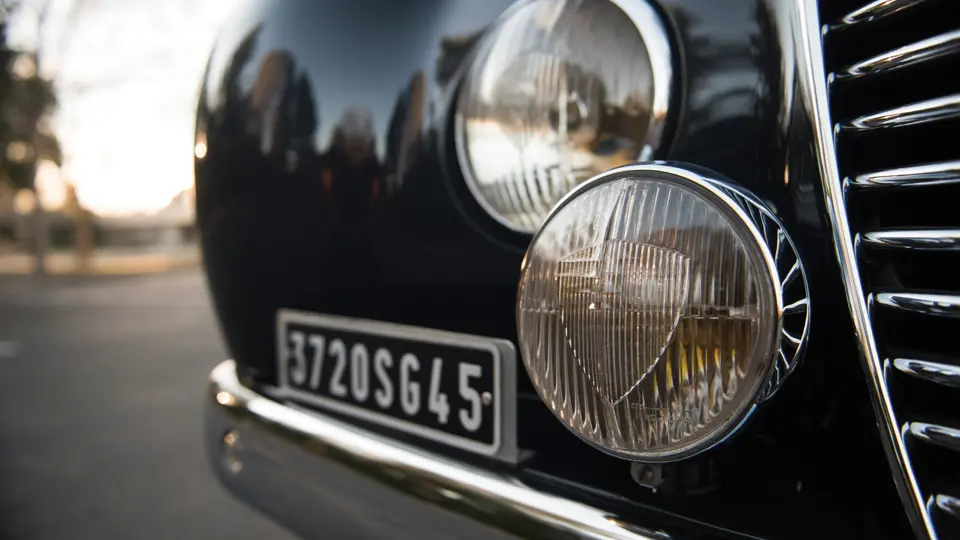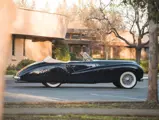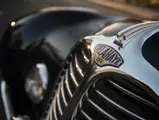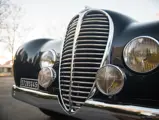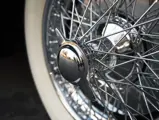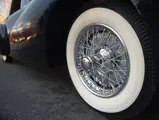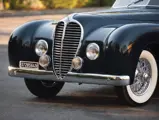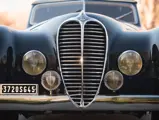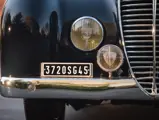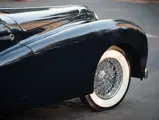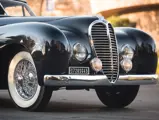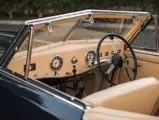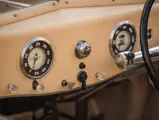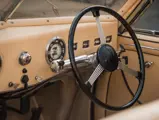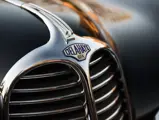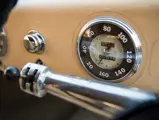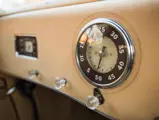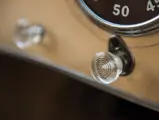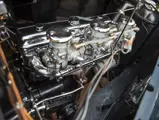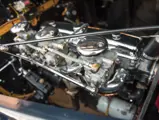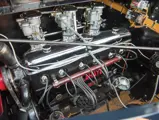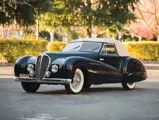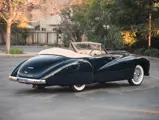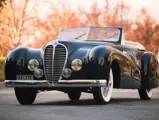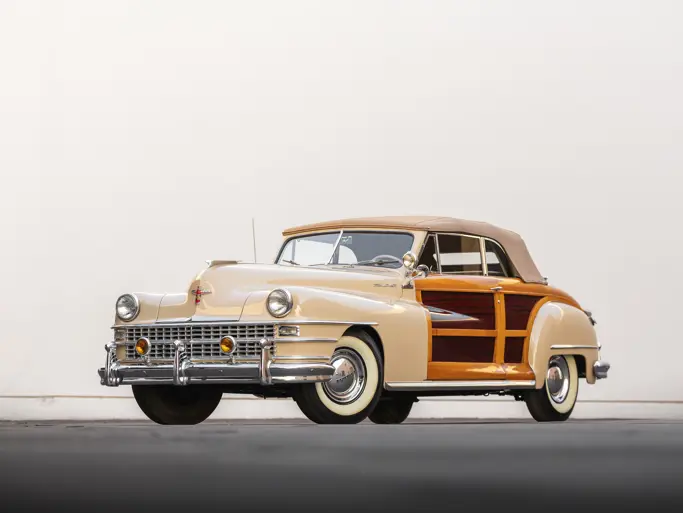
1949 Delahaye 135 M Cabriolet "Malmaison" by Pourtout
{{lr.item.text}}
$495,000 USD | Sold
{{bidding.lot.reserveStatusFormatted}}
- A highly significant, beautiful, transitional pre- to post-war design
- One of a handful of examples originally built and three known survivors
- Photographed by Pourtout in front of the namesake Château de Malmaison
- Equipped with its original matching-numbers type 6 103S engine
- Offered from long-term ownership
115 bhp, 3,557 cc OHV inline six-cylinder engine with triple Solex carburetors, Cotal electro-mechanical four-speed transmission, independent front suspension with transverse leaf spring, live rear axle with quarter-elliptic leaf-spring suspension, and four-wheel mechanically-actuated Bendix drum brakes. Wheelbase: 114 in.
As World War II came to an end, France’s few surviving custom coachbuilders shook off the dust and turned their attention to building new creations. While some went all the way, building dramatic, flamboyant, arguably in-your-face creations drenched in chrome and ostrich leather, others began more gently, building designs that recalled the best of pre-war design while also incorporating gradual use of modern streamlining. It was these designs, subtle though they seemed at the time, that were an important bridge to modern automotive design and that arguably had the most influence on production outside of the limited custom coachbuilt realm.
Marcel Pourtout, one of France’s best-known automotive ateliers, based his cabriolet “Malmaison” on pre-war lines, namely in the high and long dramatic sweep of its front fenders. That the fenders were now integrated into the bodywork was not immediately evident, with deep channels along their crowns emphasizing the long sweep that descended into the doors, only to arch up again to form the rear fender. The influence of Figoni et Falaschi’s work on Delahaye chassis can be seen in the shapes of the fenders and the hoodline, which recall Figoni’s cabriolets on Talbot-Lago T-150 C SS chassis in the late 1930s. Yet the design is fully and purely Pourtout, with the exception only of the tall, vertical radiator, contributed by Philippe Charbonneaux of Delahaye. Typical of the coachbuilder, the interior was well-appointed but not overdone, with swaging of contrasting color on the inner door panels and a leather-covered dashboard carrying Delahaye’s usual attractive Art Deco instrumentation.
According to Pourtout historian Bruno Martin, the “Malmaison” was “the first example of the transitional postwar ‘pontoon’ style.” While it may simply be a coincidence, the design clearly forecasts trends not only in French automobile designs to come but also in other European countries—most prominently the Bentley R-Type Continental, which was designed after this car.
According to the Pourtout archives, only four to six examples of the cabriolet “Malmaison” were made, of which three known examples remain today. All were installed on the 135 M chassis with its optional 6 103S engine, a design equipped with three Solex carburetors for an output of 115 horsepower.
CHASSIS NUMBER 801199
The car offered here, chassis 801199, was photographed by Pourtout in front of its namesake, the Château de Malmaison in Rueil Malmaison, which had been the private residence of Joséphine de Beauharnais, wife of Napoleon I and the first Empress of France. That Pourtout would have been familiar with the monumental estate and chosen it as the namesake of his finest design is no surprise, as his shop was located in the same area. Copies of historic photographs as provided by the Pourtout archive are included in the file today.
Subsequent history includes the car’s registration in the French department of Loiret as number 3720SG45, the plate that it still wears today, while in the ownership of Guy Pinsard in 1985. Afterward, it was owned by the French Delahaye specialist Jean-François Dumontant, as is noted by Club Delahaye. Several years later, it was exported to the United States and joined the collection of its present owner, where it has been maintained since.
The car underwent an extremely high-quality restoration some years ago and shows only minor signs of wear from over the years, including small blemishes to the rich dark blue finish and light wear and stretching of the beautiful tan leather interior. Inspection underneath shows that the chassis and the inner fenders were painted, as well, and have a clean and presentable appearance overall. The interior utilizes very high-quality leather and remains inviting, including the beautifully tailored dashboard, which is covered in fine leather that is stitched around the faces of the gauges!
Under the hood is the original and correct numbers-matching Type 103S engine, with the proper 1948 date-code and triple carburetion correct to all examples of the “Malmaison.” The car is also fitted with the Cotal four-speed pre-selector gearbox, a desirable feature often used on Delahayes and other great sporting cars of the era.
An impressive and striking example of one of the most important post-war French coachwork designs, this significant Delahaye is offered today publically for the first time in decades. It undoubtedly will become a favorite of both concours judges and spectators again in the years to come.

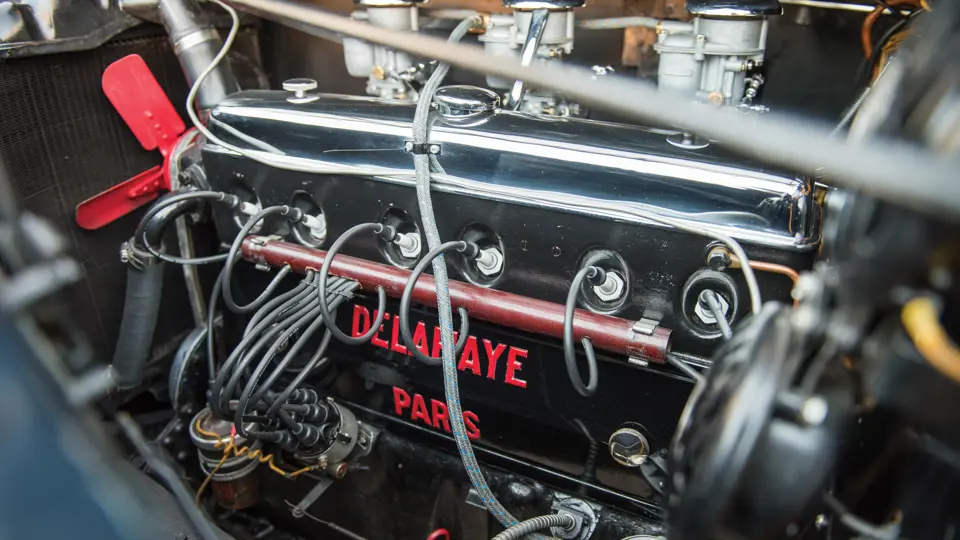


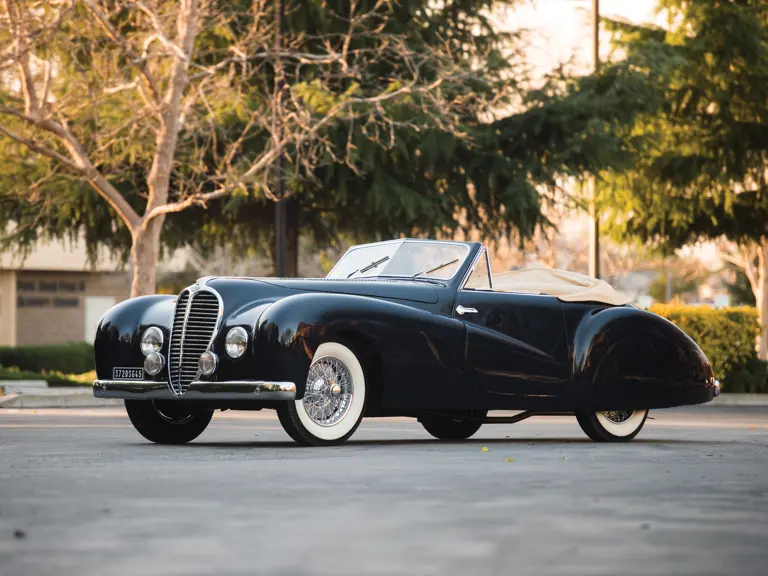
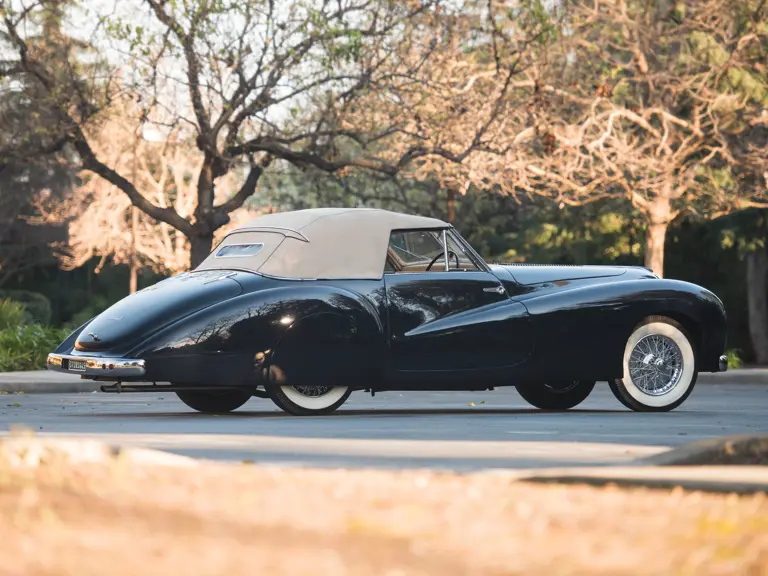
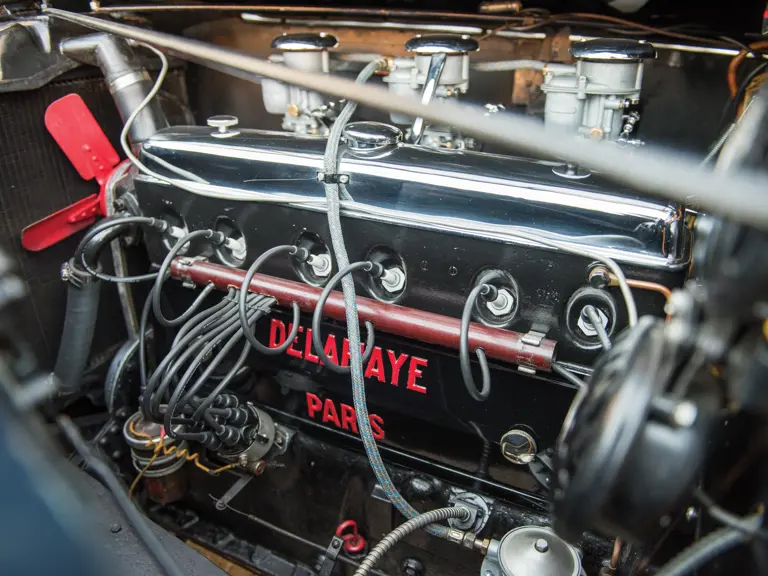
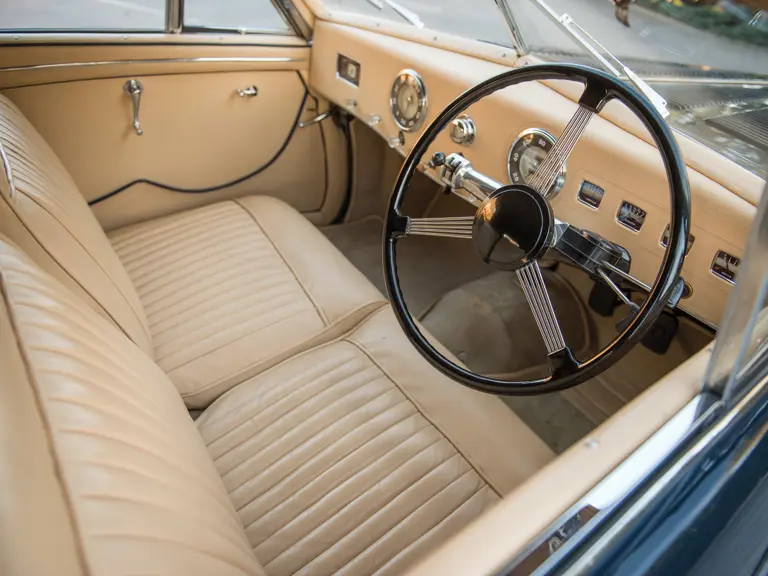


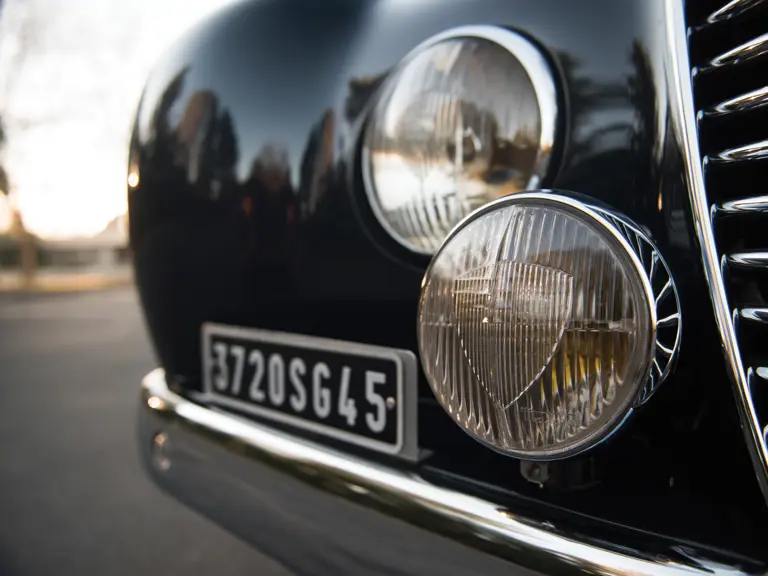


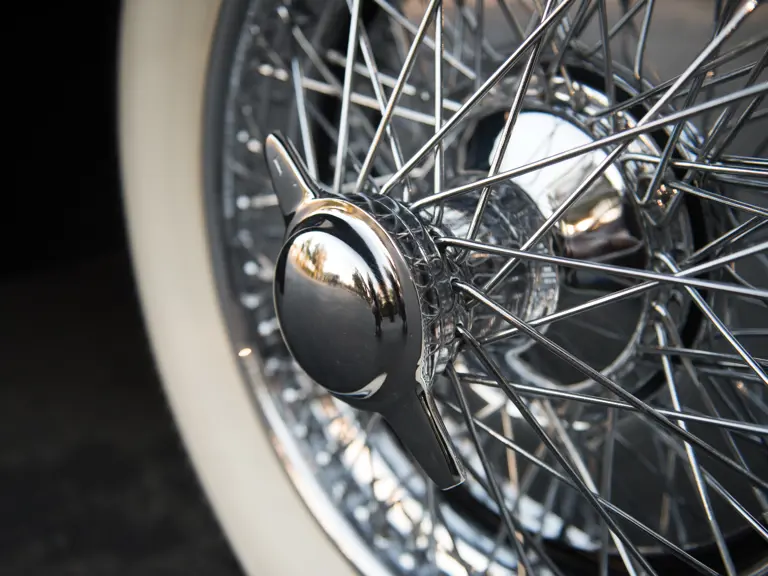

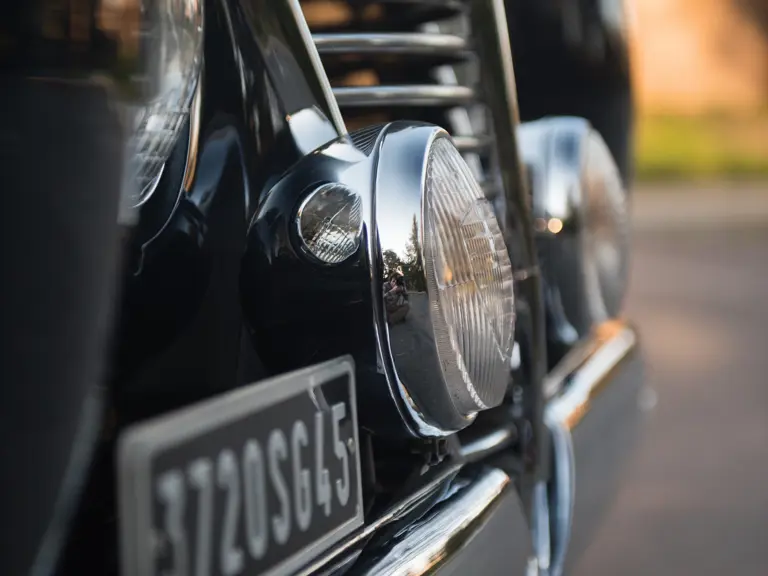
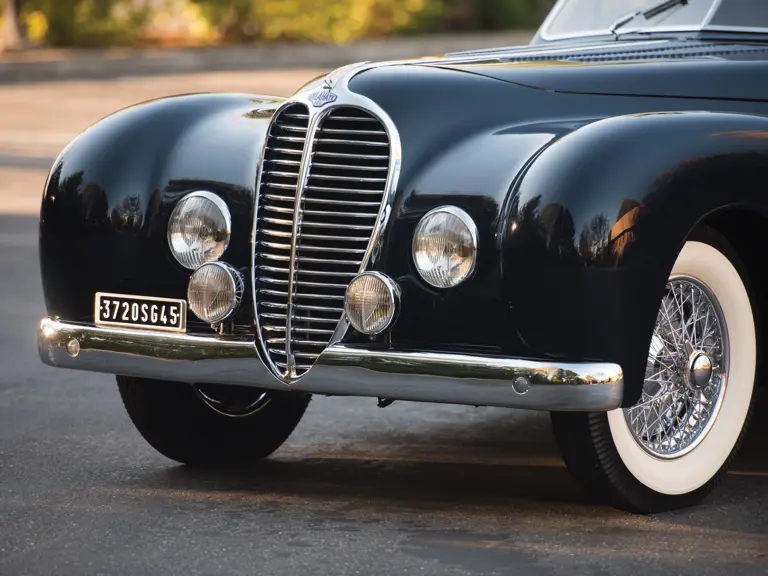
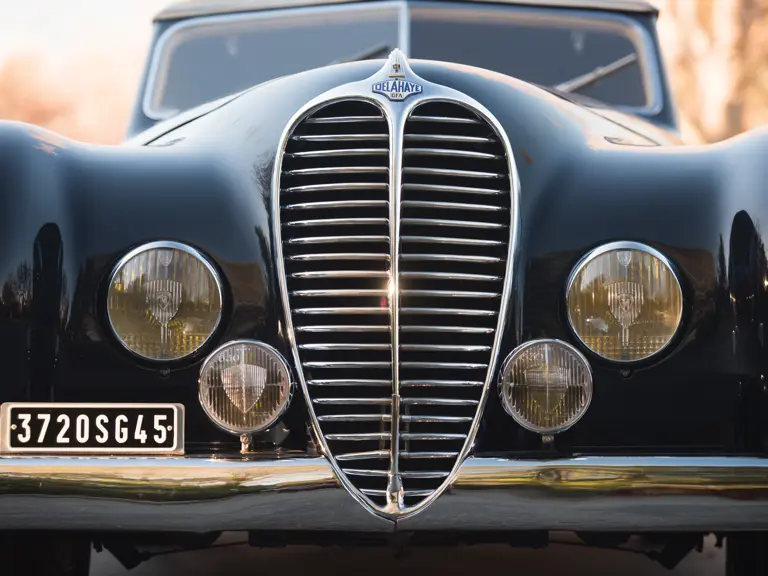
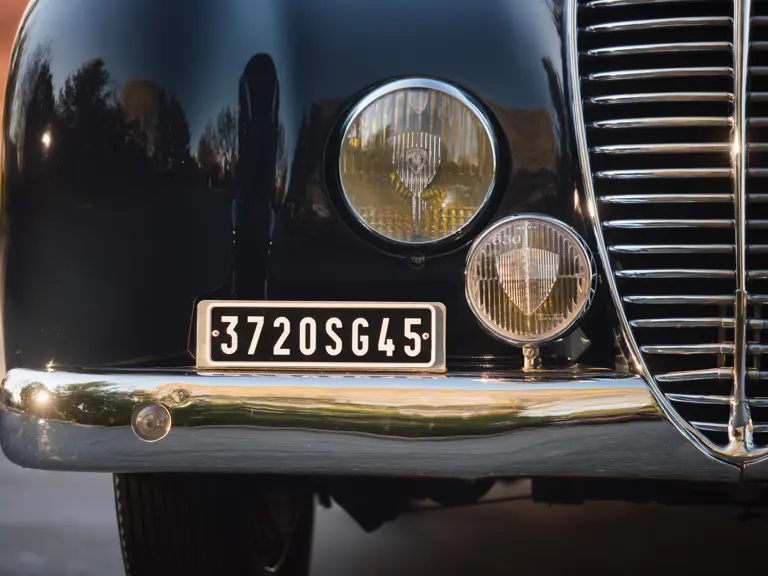
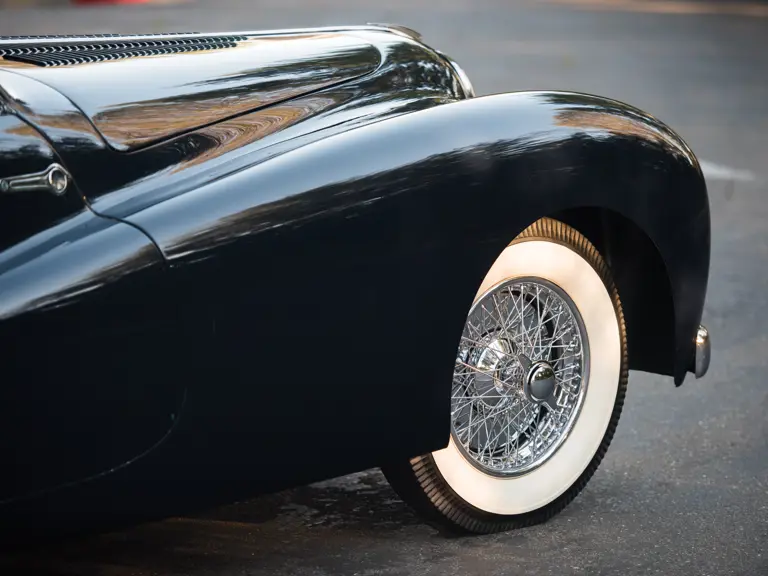
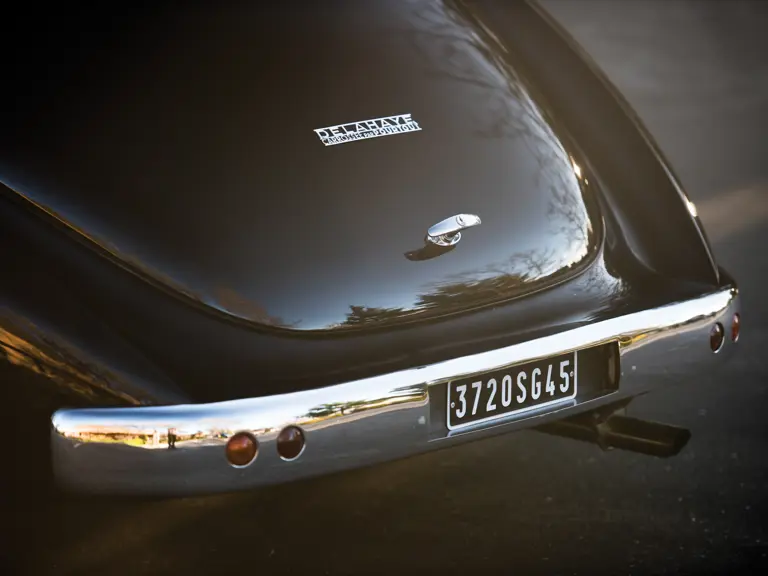
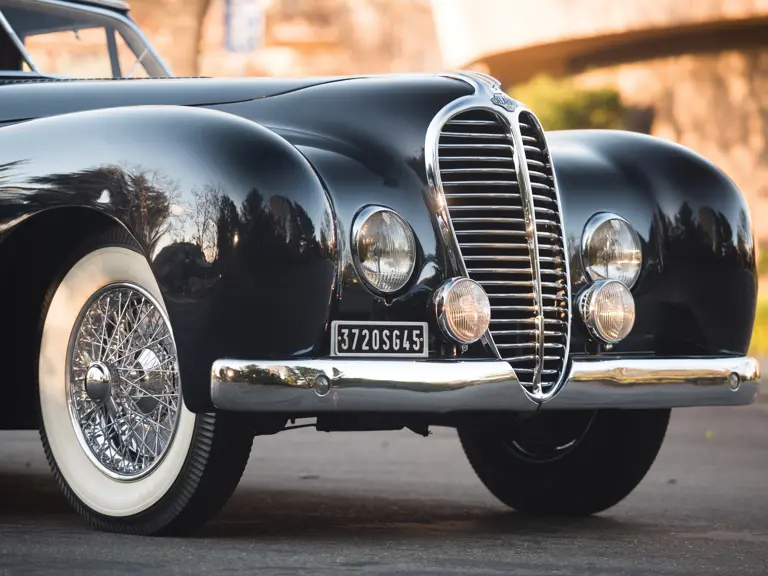
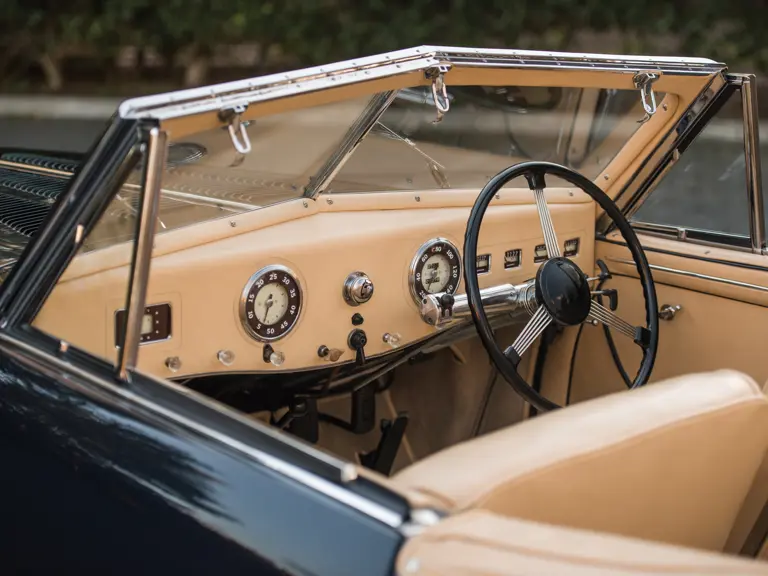
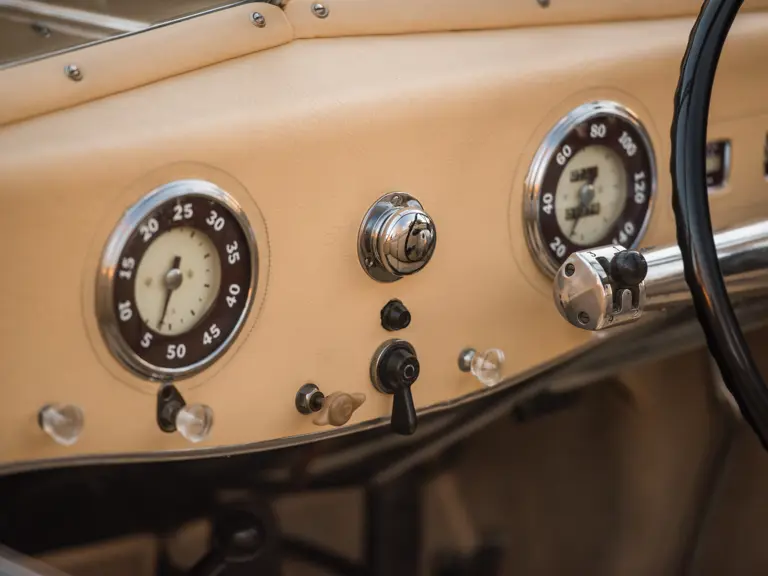
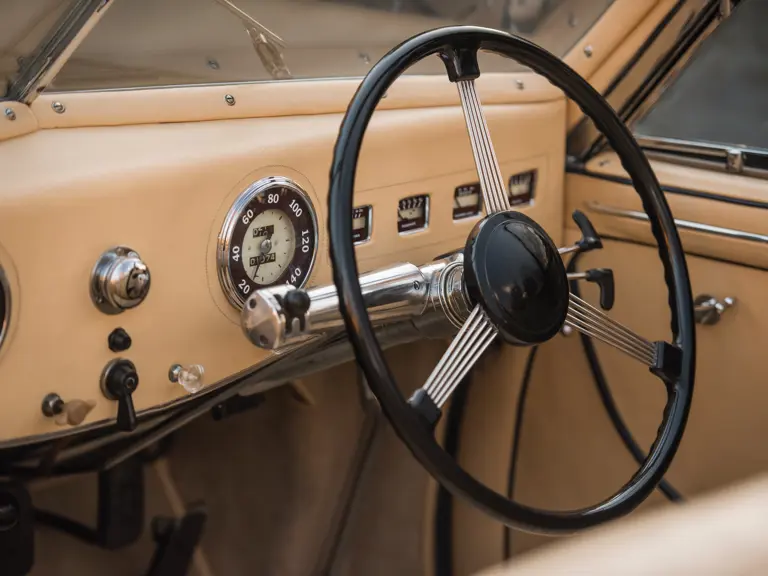

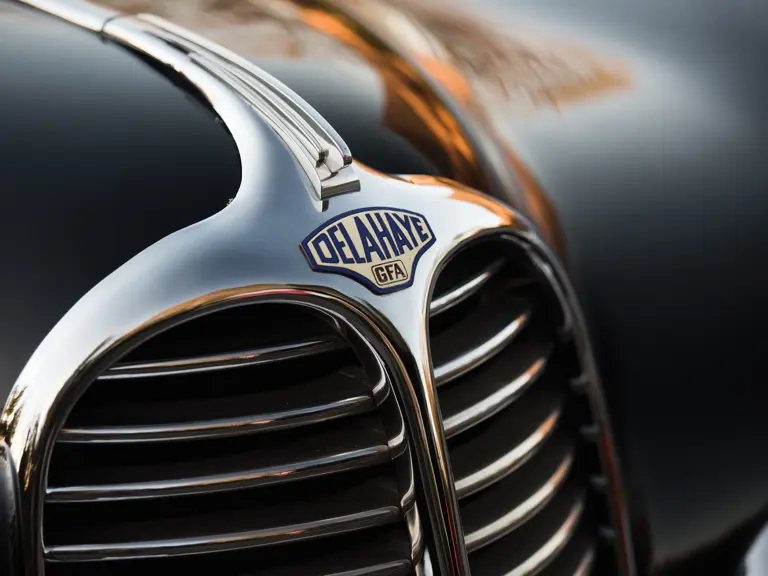
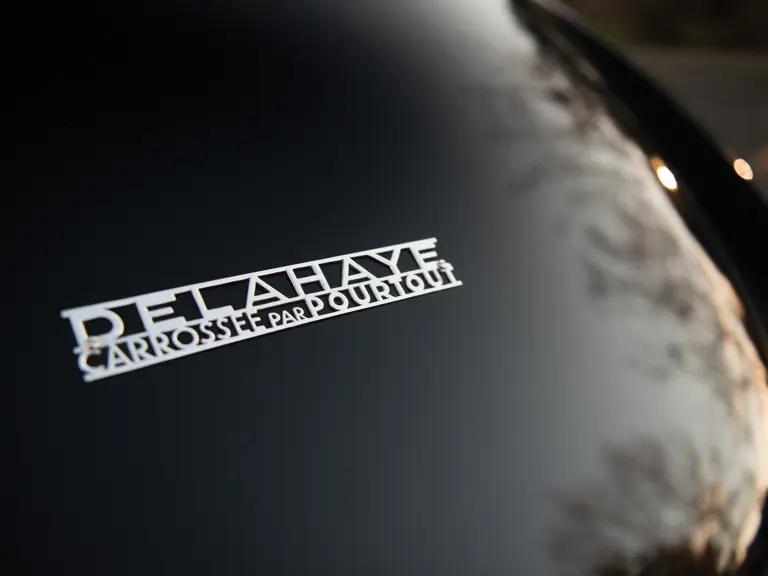

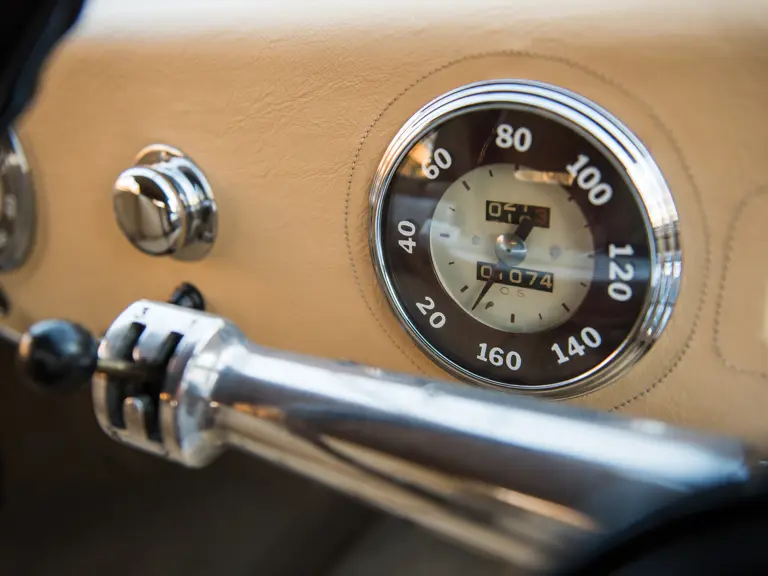


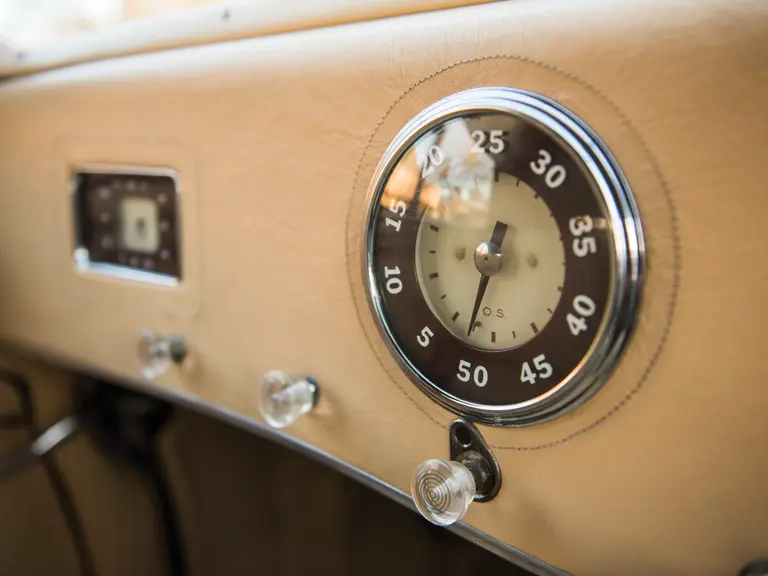
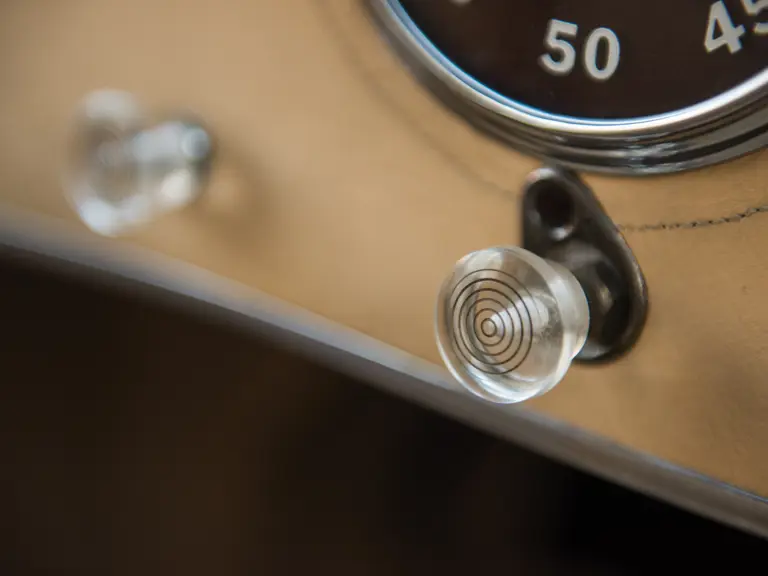
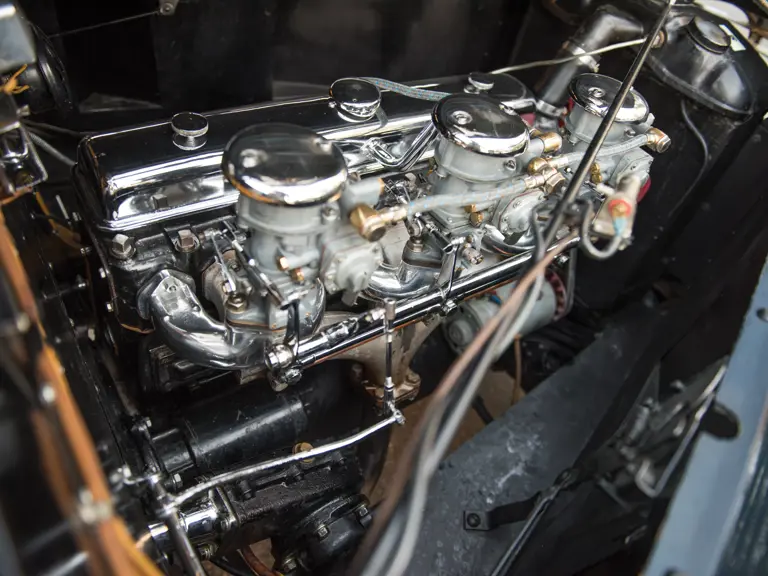
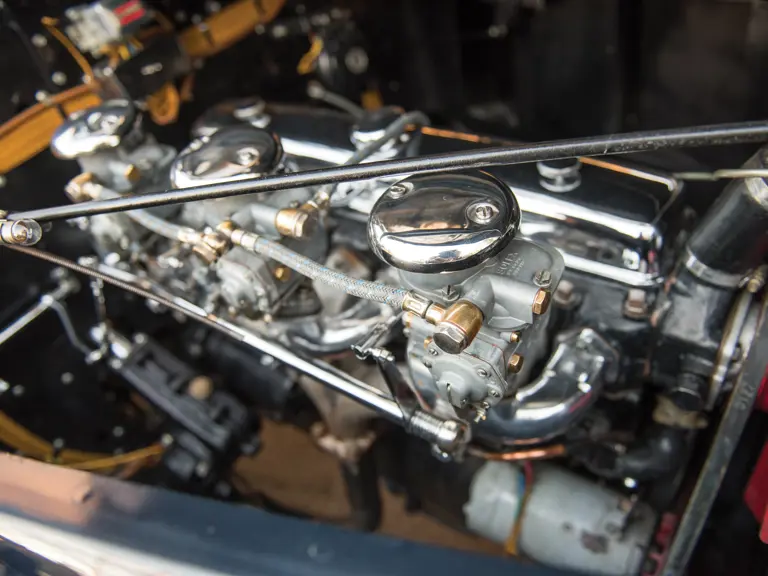
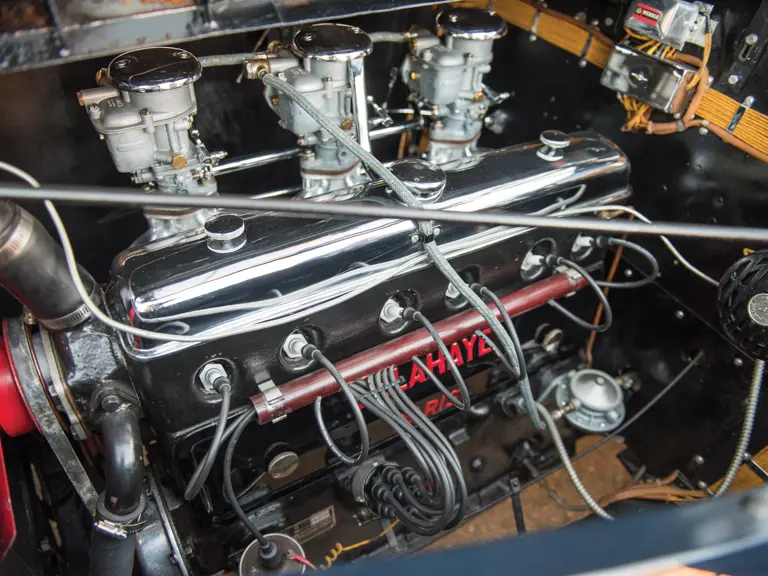
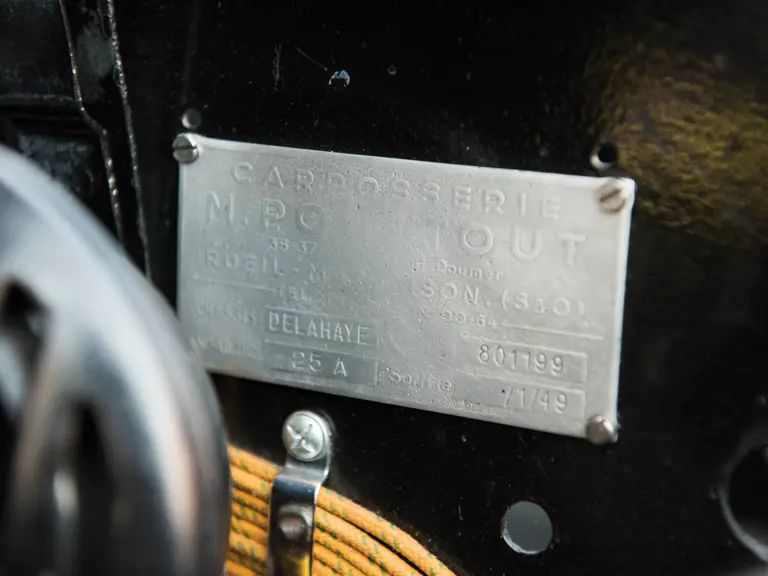
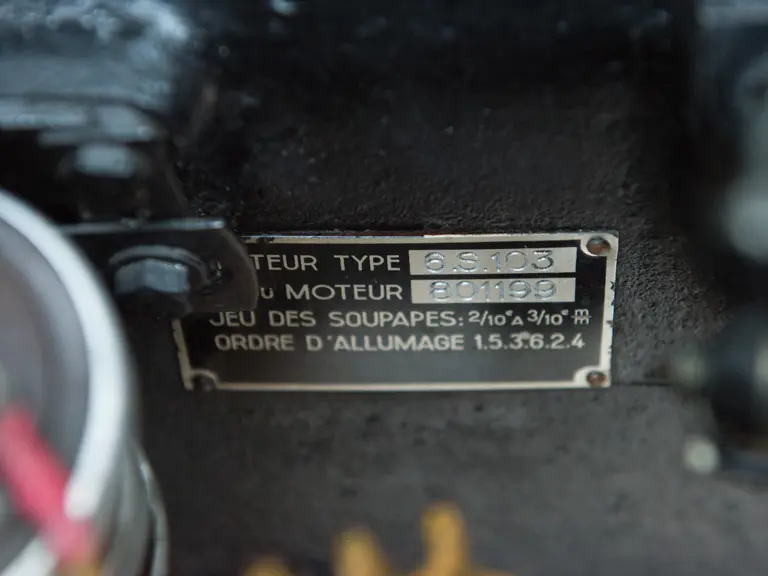


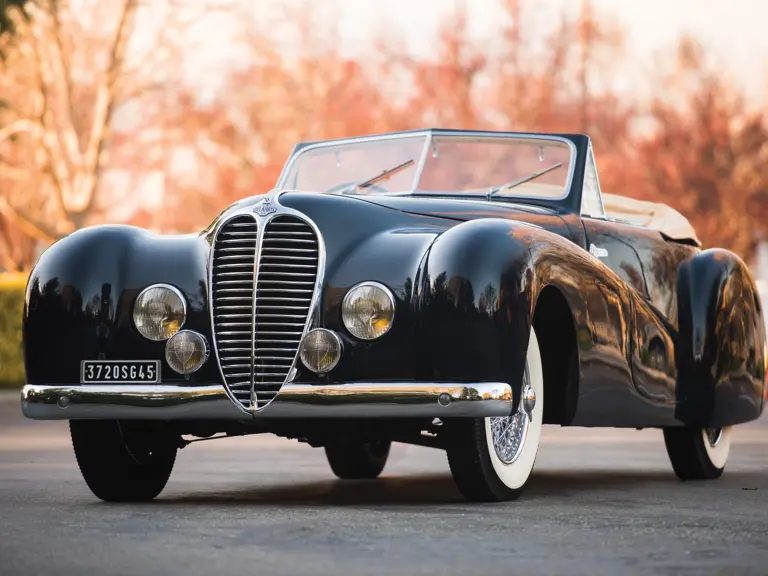
 | Amelia Island, Florida
| Amelia Island, Florida
